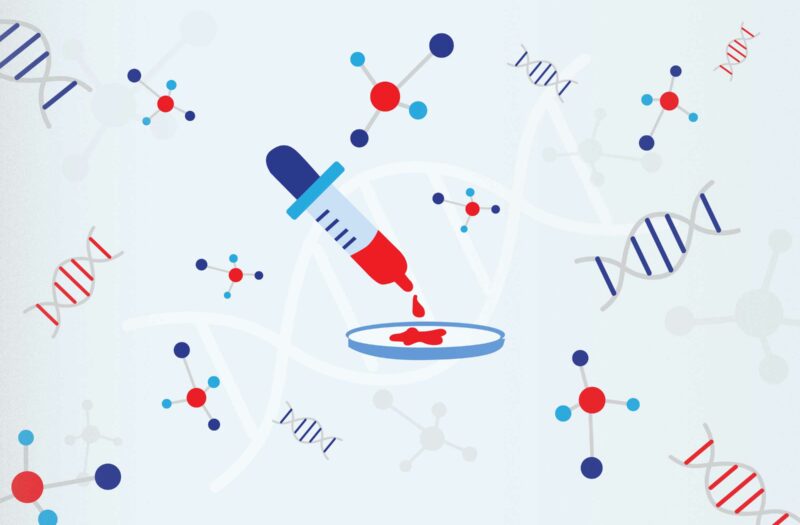Key Takeaways
- The American College of Rheumatology (ACR) and the European Alliance of Associations for Rheumatology (EULAR) have updated their definition of remission for people with rheumatoid arthritis (RA).
- The biggest change is that it is now possible to be considered in remission with a slightly higher patient assessment of global disease activity (PtGA) score.
Is your rheumatoid arthritis (RA) in remission? That’s a tricker question to answer than you might realize, because “remission” might not mean quite what you think it does. Firstly, remission doesn’t mean that you’re cured, because RA is a chronic illness and relapses are always possible. It doesn’t mean that you should stop taking your medication, either, though your doctor might very well tell you to lower your dose or let you try going without meds to see what happens. Some people refer to this as a “drug holiday.”
Broadly speaking, remission means low or no disease activity. This usually translates to feeling very good. But now, thanks to recently updated guidelines from the American College of Rheumatology (ACR) and the European Alliance of Associations for Rheumatology (EULAR), it’s possible to feel like your RA is still impacting you a little, yet at the same time, still technically meet the new criteria for remission.
Remission Then and Now
For more than a decade, the ACR and EULAR have defined remission based on provisional criteria that they expected might change pending new data. At the time (2011), these groups agreed upon two definitions of remission: One, called the index-based definition, says someone is in remission if they have an SDAI (simplified disease activity index) of 3.3 or less. SDAI factors in the number of swollen and tender joints as well as C-reactive protein (CRP) levels and two subjective measures that ask both the patient and provider to rate overall how well the patient is doing. This definition still stands today, in 2022.
Back in 2011, however, the provisional criteria also allowed for an alternate definition of remission, which is known as Boolean. To be considered in remission per the Boolean definition, a patient had to meet remission criteria in several areas, including:
- Tender/swollen joint count
- A measure of function based on the Health Assessment Questionnaire (HAQ)
- CRP score
- A physician global assessment
- A patient assessment of global disease activity (PtGA)
Now, in 2022, most of these criteria remain the same. The only difference, per the new update, is that the cutoff for remission in the PtGA category has become slightly less stringent.
PtGA isn’t as fancy as it sounds. All it entails is having you, the patient, answer a single question about how you’re impacted by your RA. It is generally phrased along the lines of “Considering all of the ways your disease affects you, how well are you doing in the past week?” and rated on a scale of 1 to 10, with 10 being worst. In the past, you had to rate yourself on the PtGA as less than 1 in order for remission to even be a possibility.
Per the new update, a patient can give themselves up to a 2 and still potentially qualify.
Why the Change?
This shift might not seem like big deal, but it means that a larger group of RA patients will now be deemed to be in remission. Previously, “remission rates based on SDAI [were] higher than those using the Boolean criteria, because summing several components permits 1 component, such as the PtGA, to be slightly elevated if compensated by a lower score in others,” the authors of the new guidelines explained.
Defining remission as specifically as possible matters because rheumatologists generally use a “treat-to-target” approach. “Treat to target” means picking a disease management goal (such as low disease activity or remission) and working with your doctor to adjust your treatment plan as needed in order to meet that target.
To make sure that changing the Boolean definition of remission was a good idea, the ACR and EULAR team analyzed data from four randomized trials to see how well the revised Boolean definition matched up with the SDAI (index-based) definition in terms of predicting later functioning and lack of radiographic progression (joint damage visible on X-rays). They concluded that “using the Boolean 2.0 criteria classifies more patients as achieving remission and increases the agreement with index-based remission criteria without jeopardizing predictive value for radiographic or functional outcomes.”
The group also approved an additional definition of remission, which is the new Boolean definition without the inclusion of CRP.
What This Means for You
If remission is a goal for you, don’t be shy about letting your rheumatologist know. Your chance of hitting remission is higher if you’re proactive about it.
Be Part of Research with ArthritisPower
Join CreakyJoints’ patient-centered research registry and participate in voluntary studies about managing arthritis. Learn more and sign up here.
Challa, et al. “The Patient Global Assessment of Disease Activity in Rheumatoid Arthritis: Identification of Underlying Latent Factors.” Rheumatology and Therapy. June 2017. doi: https://doi.org/10.1007/s40744-017-0063-5.
Experts Expand Definition of Rheumatoid Arthritis Remission. November 2023. https://www.everydayhealth.com/rheumatoid-arthritis/experts-expand-definition-of-rheumatoid-arthritis-remission/
Studenic P, et al. “American College of Rheumatology/ EULAR Remission Criteria for Rheumatoid Arthritis: 2022 Revision.” Arthritis & Rheumatology. October 23, 2022. doi: https://doi.org/10.1002/art.4234.






